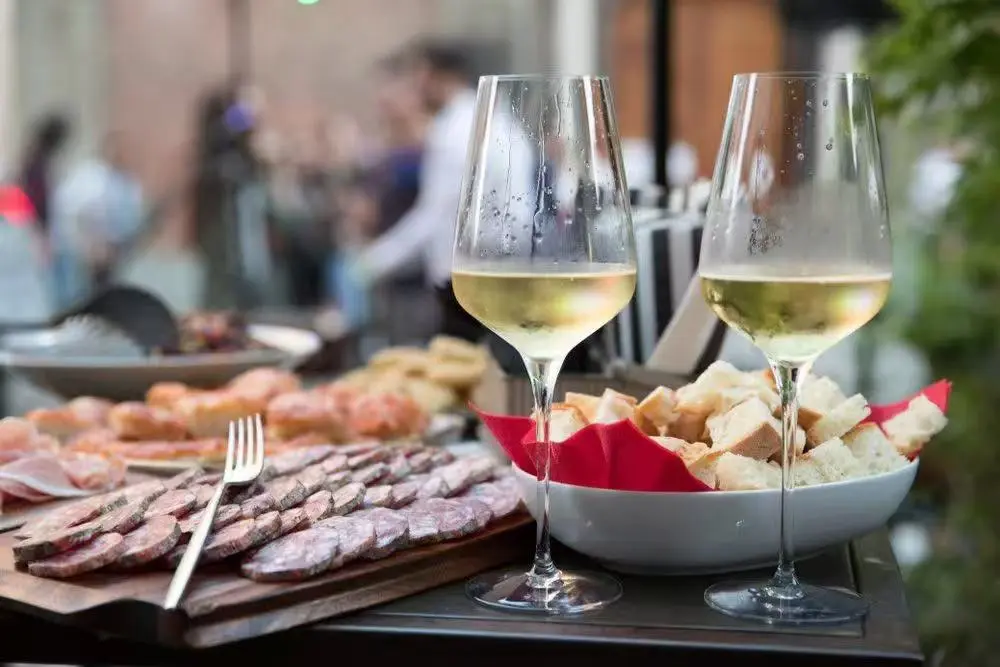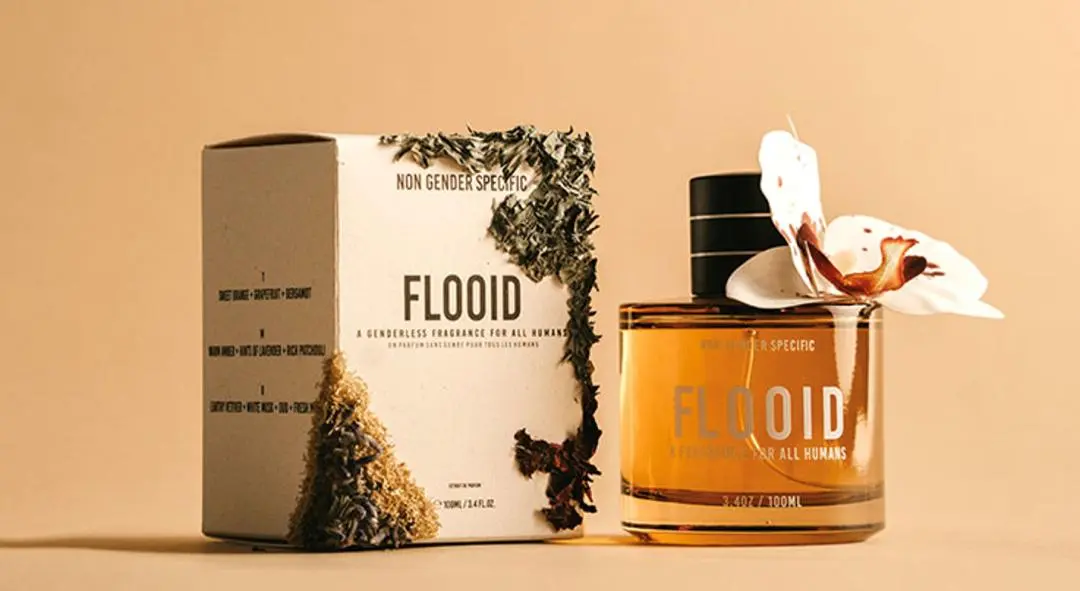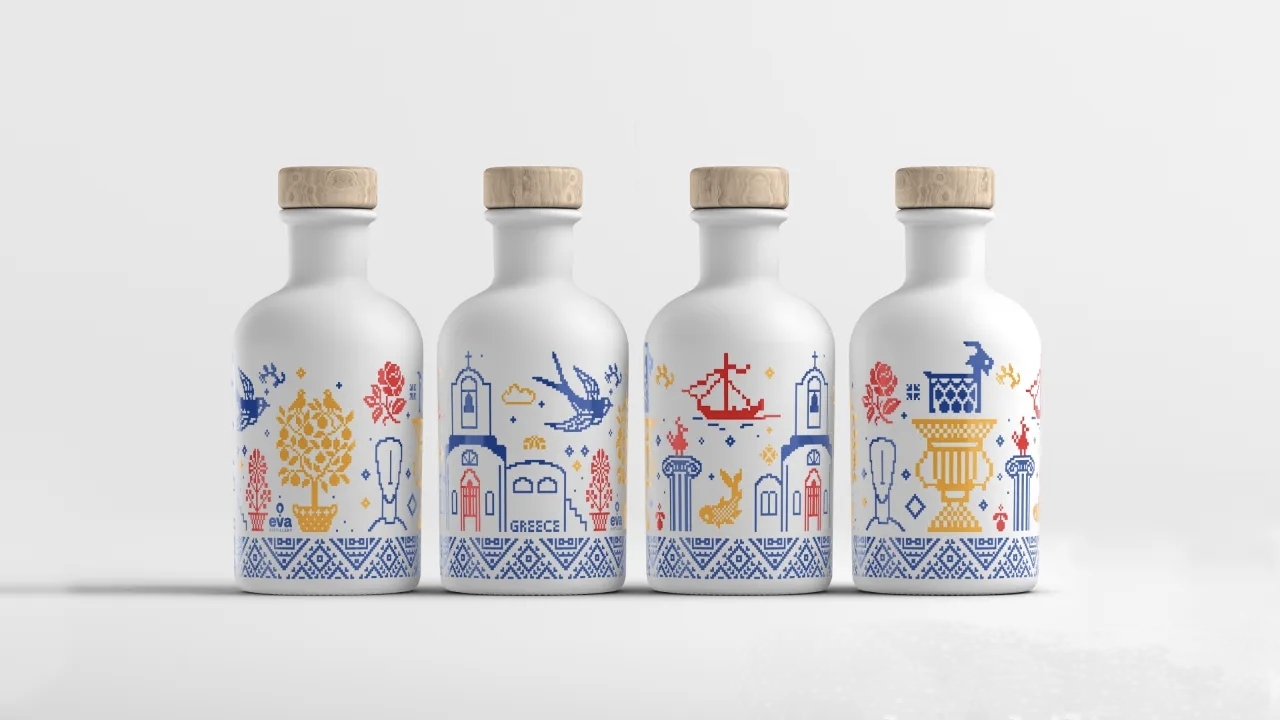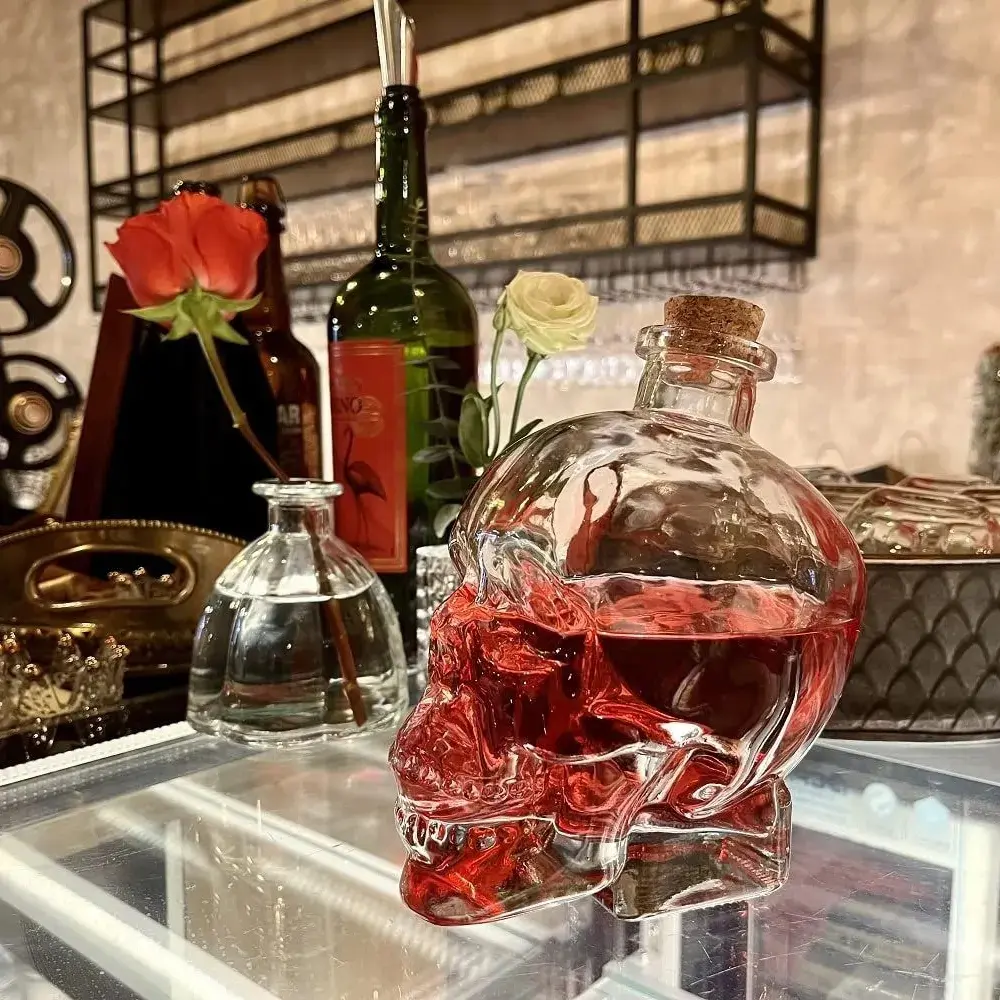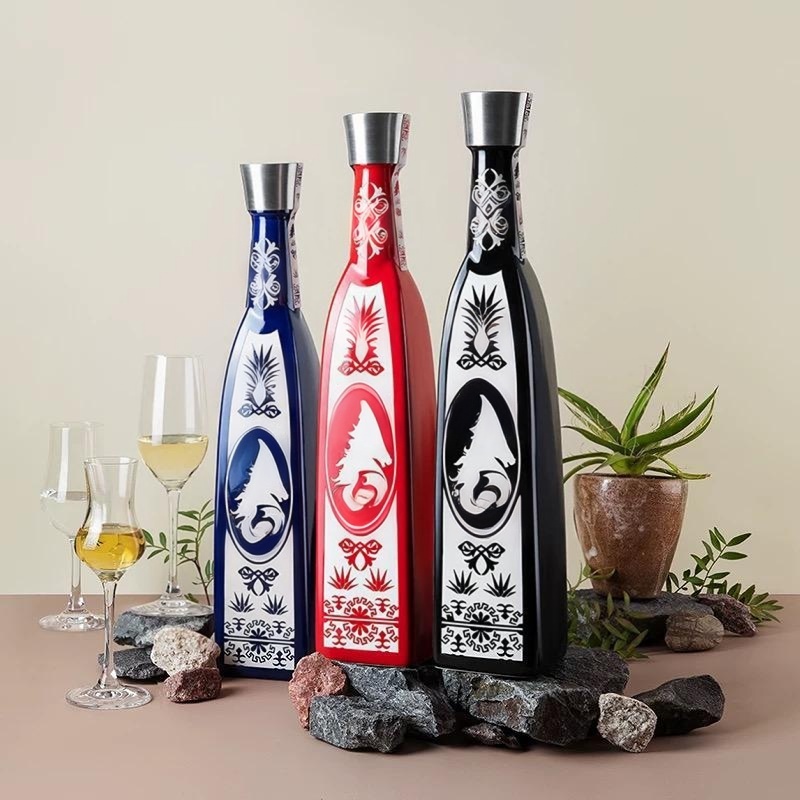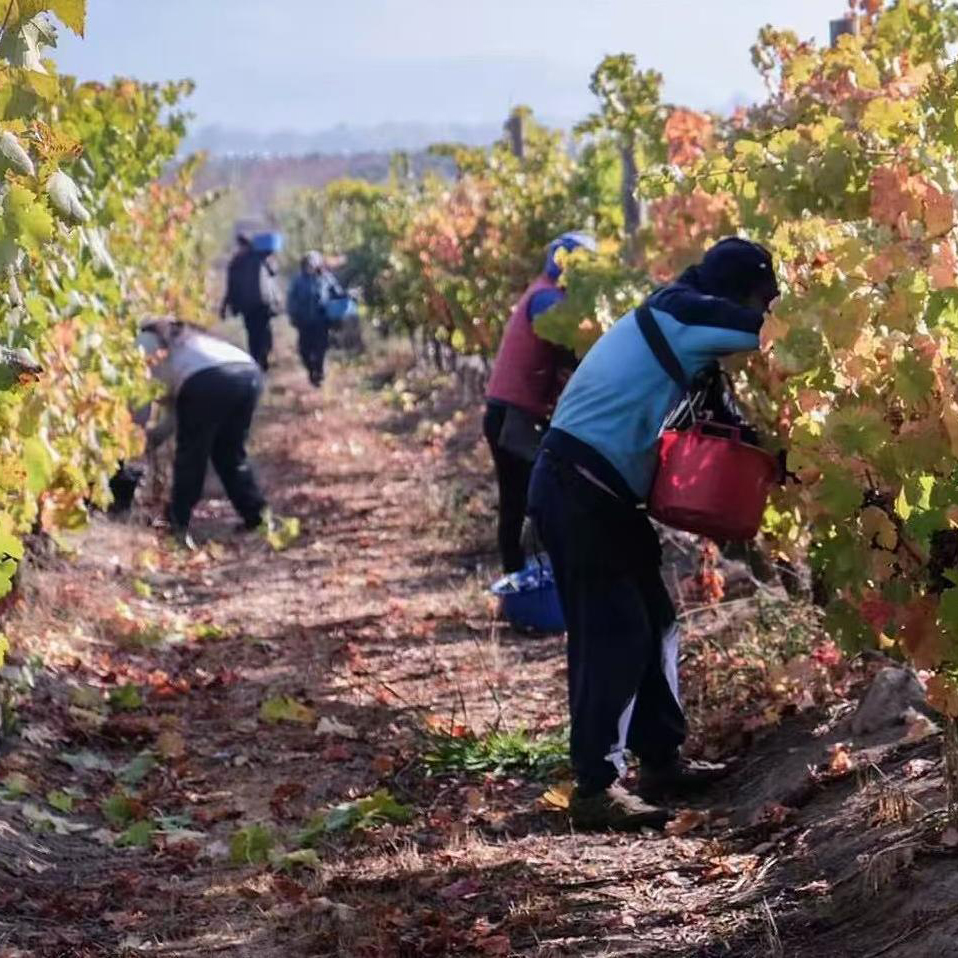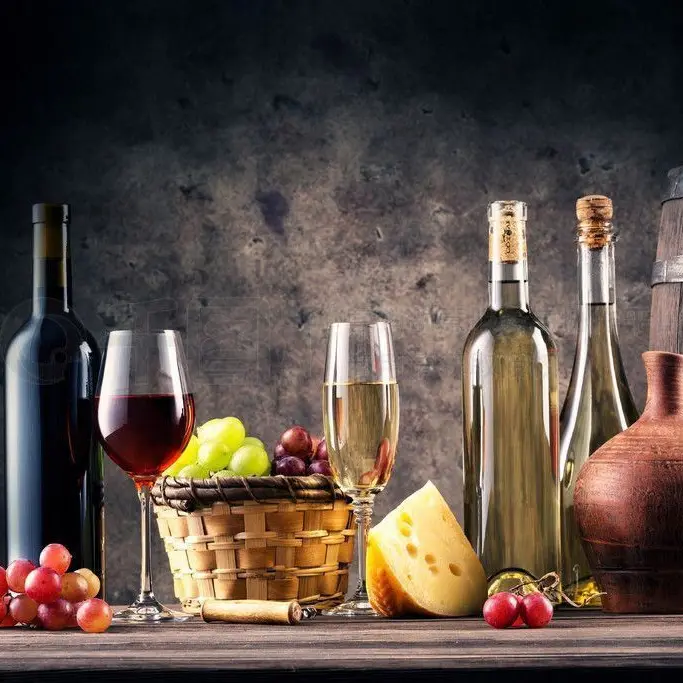Comparative Analysis of Glass Bottle Manufacturing in Chile and China
Background
At present, the glass products industry is developing in the direction of diversification and greening worldwide, and its application scenarios continue to expand. Glass containers, glass bottles, and glass jars are common glass products with obvious advantages. From food to cosmetics, glass packaging is favored for its non-toxicity, high barrier properties, and high quality.
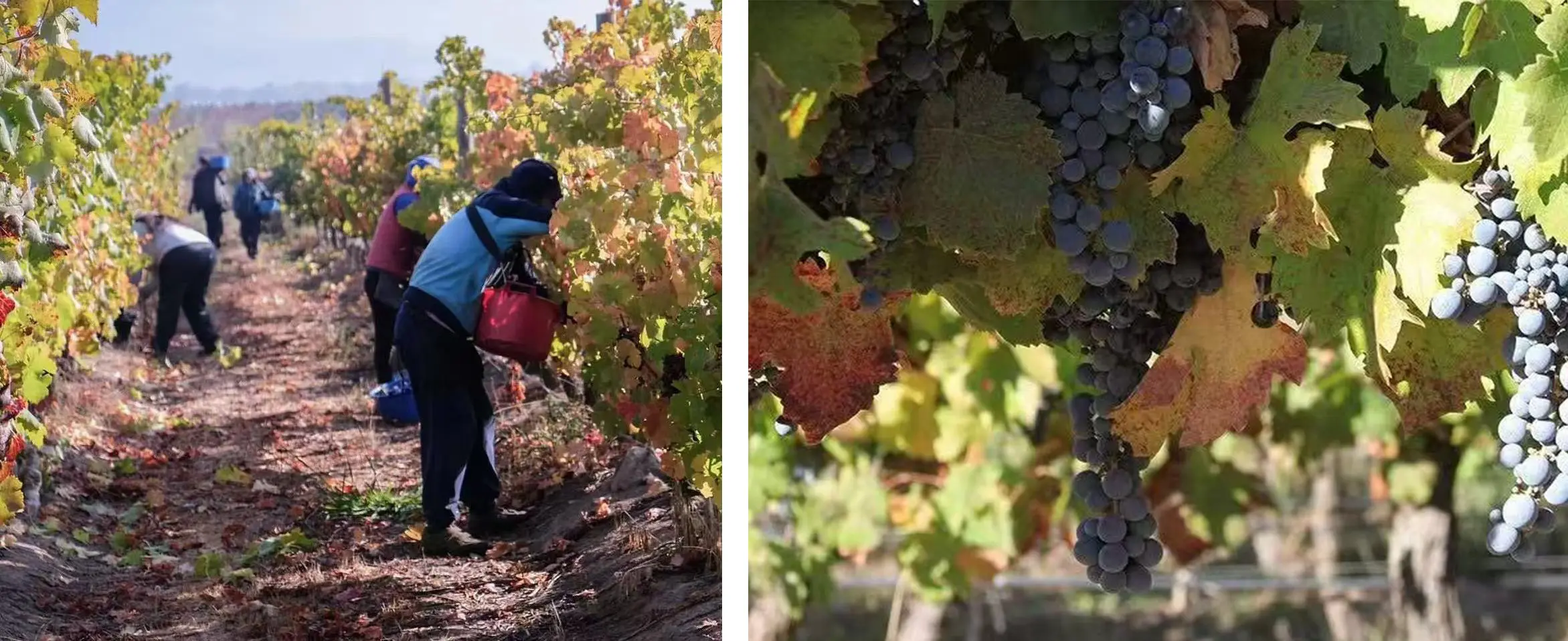
However, we also found some problems.
In recent years, an increasingly serious problem has emerged in China's high-end wine import market: a considerable number of Chilean wines have suffered glass bottle breakage during transportation, resulting in cross-contamination of other intact wines and causing significant economic losses.
Investigation and Findings
Our team conducted a comparative analysis of the glass bottle manufacturing process and industry in Chile and China and found some key differences:
1. Industry Scale
|
Metric |
Chile |
China |
|
Annual Output |
~500k tons (key supplier in LATAM) |
30M+ tons (global leader) |
|
Factories |
20-30 (mostly SMEs) |
500+ (dominated by large groups) |
|
Export Share |
60% to LATAM neighbors |
40% (US/EU/SEA markets) |
2. Production & Pricing
|
Aspect |
Chile |
China |
|
Technology |
Conventional furnaces (80% plants) |
Electric furnaces (60%), energy-saving |
|
Automation |
Semi-automated (manual inspection) |
Full automation (AI Quality Inspection, robotics) |
|
Price Range |
0.5−1.2/unit (high logistics costs) |
0.2−0.6/unit (economies of scale) |
3. Lightweighting Technology
|
Parameter |
Chile |
China |
|
Adoption Rate |
30% of factories |
80% in top-tier factories |
|
Weight Reduction |
10-15% (wine bottles) |
20-30% (beverage/beer leads) |
|
Core Tech |
Relies on European equipment |
Local R&D (e.g., Donghua Machinery) |
4. Fragility & Durability
|
Test Standard |
Chile Avg. |
China Avg. |
|
Impact Resistance |
0.8-1.2 J (moderate) |
1.5-2.5 J (rare earth enhanced) |
|
Thermal Shock |
ΔT=120°C (wine-focused) |
ΔT=150°C (advanced annealing) |
|
Vertical Load |
300-400N |
500-700N (optimized design) |
Key Takeaways
1. Scale Advantage: China leads in volume and cost efficiency; Chile serves niche LATAM demand with higher logistics overhead.
2. Tech Gap: China’s lightweighting and durability tech outpaces Chile’s reliance on traditional methods.
3. Market Focus: Chile excels in premium wine bottles (design-centric); China dominates mass-produced containers (beverage/pharma).
In the future, as sustainable demand grows, glass products will become more common. We see that Chile is making progress in the scale and manufacturing process of glass bottle factories because of its high-end wine industry and the linkage advantages of the surrounding wine and spirits industries. At the same time, China's glass container manufacturing industry, in the context of global market demand, pays more attention to lightweight manufacturing processes, technological innovation, and expanding application scenarios. It is not limited to various glass containers and glass art products such as spirits glass bottles, wine glass bottles, glass jars, and cosmetic bottles, and even extends its application scenarios to smart homes, construction, medical care, new energy vehicles, aerospace, and more.
We believe that glass containers and glass manufacturing companies around the world will work together to push the glass industry to a new height of green.
